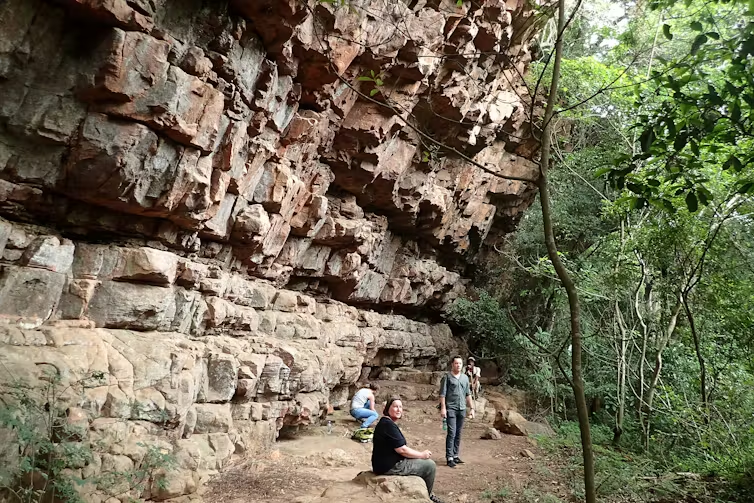THE ARCHAEOLOGIST EDITOR GROUP
Fortress Construction and Life in the Imperial Period
The Roman legions, renowned for their discipline and martial prowess, were not only formidable warriors but also adept builders. During the Imperial Period (27 BC – 476 AD), the expanding boundaries of the Roman Empire necessitated the establishment of fortified bases across diverse terrains. These fortresses served as vital hubs for military, administrative, and logistical operations. Understanding how legionaries built and lived in these fortresses offers a glimpse into the Roman military's daily life and the Empire's broader strategic objectives.
Construction of the Fortress
1. Site Selection: Ideally, the Romans selected sites that offered natural defenses, like hills or river bends, while also ensuring proximity to vital transportation routes.
2. Standardized Layout: Roman military forts, known as "castra", typically followed a standardized rectangular plan. The size could vary based on the intended number of troops, but the general design remained consistent.
3. Fortifications: Walls, usually constructed initially from turf or wood and later replaced with stone, encircled the fortress. These walls were further reinforced by towers and a V-shaped ditch known as a fossa.
4. Interior Structures: Inside the fortress, roads were laid in a grid pattern, with the main road, the via praetoria, leading to the main entrance. Essential buildings included the principia (headquarters), horrea (granaries), valetudinarium (hospital), and barracks for the legionaries. There were also workshops, bathhouses, and temples.
5. Speed and Efficiency: Owing to their training and experience, legionaries could construct a basic fort in a matter of days, making it possible to establish a secure base even during active campaigns.
Life Within the Fortress Walls
1. Daily Routine: The life of a Roman soldier was highly regimented. Days began with the sounding of a bugle, followed by morning drills, weapon training, and other duties. Soldiers also engaged in construction projects, road building, and maintenance tasks.
2. Diet: Legionaries consumed a diet primarily consisting of wheat or barley, which they often made into porridge or bread. They also ate lentils, beans, vegetables, and occasionally meat. The horrea, or granaries, played a crucial role, ensuring that legions had a steady supply of grains.
3. Recreation: While their lives were rigorous, soldiers did have moments of leisure. They visited bathhouses, engaged in gambling or board games, and sometimes attended performances in makeshift theaters within the fort.
4. Religious Life: The Romans were deeply religious, and this extended to their military life. Temples within the fortress were dedicated to various deities, including the god of war, Mars, and the Imperial cult. Rituals and sacrifices were an integral part of the legionaries' lives.
5. Cohesion and Morale: The fortresses were not just military bases; they were tight-knit communities. The sense of brotherhood among the soldiers, combined with a rigorous daily routine and shared responsibilities, fostered unit cohesion and high morale.
Conclusion
The Roman legions' fortresses were marvels of strategic design, engineering prowess, and organizational skill. They were not just impenetrable strongholds but also thriving microcosms of Roman society. By delving into the intricacies of their construction and daily life, one gains a deeper appreciation for the legionaries' adaptability and the Roman Empire's expansive infrastructure.






